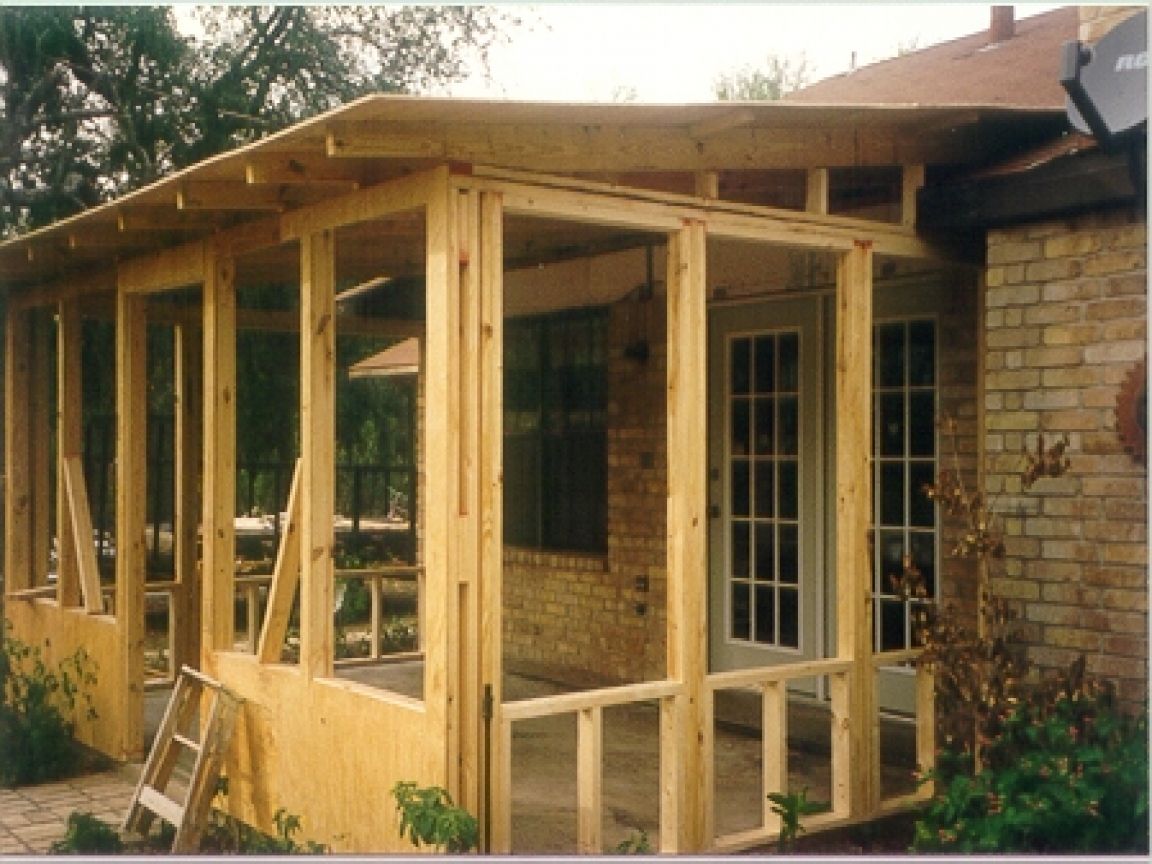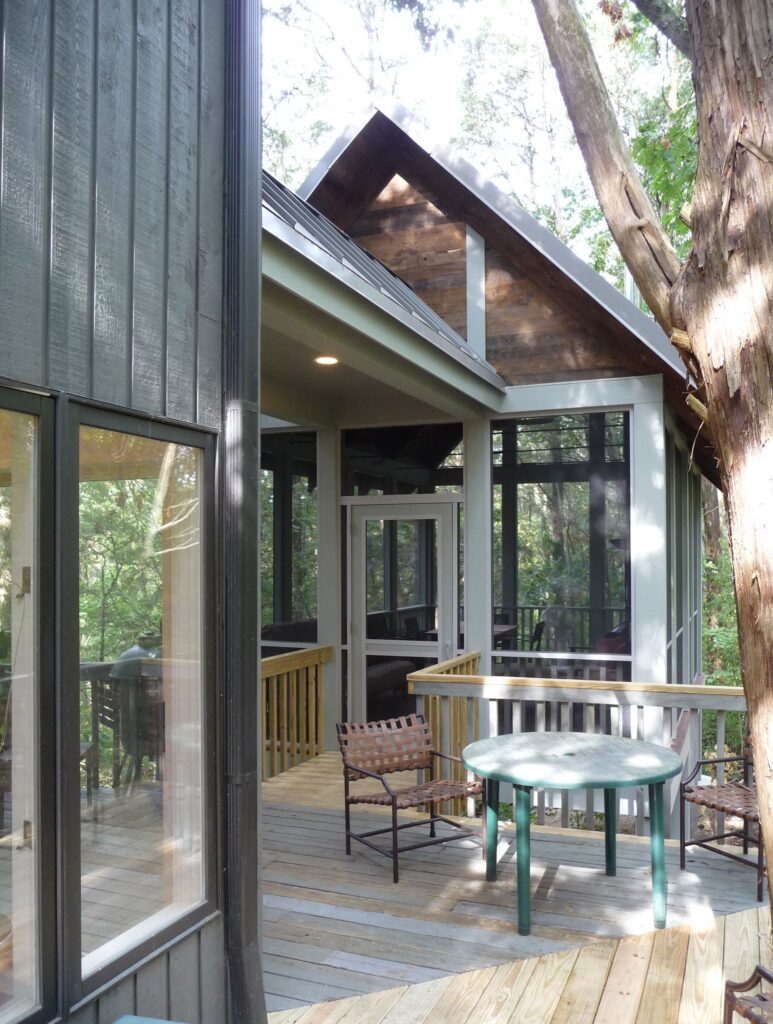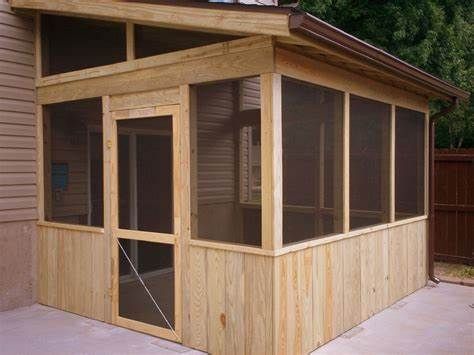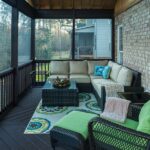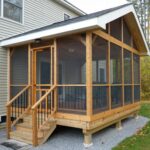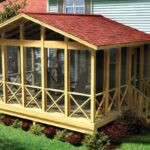Screened in porches are a popular addition to many homes, providing a comfortable outdoor space to relax and enjoy the fresh air without having to contend with bugs and other pests. If you’re considering adding a screened in porch to your home, it’s important to have a solid plan in place before getting started. There are several key elements to consider when designing your screened in porch, including the size and layout, materials, and overall style.
When planning your screened in porch, one of the first things to consider is the size and layout of the space. Think about how you will use the porch – will it primarily be a place for relaxing, dining, or entertaining? This will help determine the size and layout of the porch. Consider factors such as how many people will typically be using the porch at one time, as well as any furniture or other features you’d like to include.
Next, think about the materials you’d like to use for your screened in porch. Common options include wood, vinyl, and aluminum. Wood is a popular choice for its natural beauty and warmth, but it does require regular maintenance to prevent rot and decay. Vinyl is low-maintenance and durable, while aluminum is lightweight and resistant to rust. Consider your budget and maintenance preferences when choosing materials for your porch.
Another important consideration when planning your screened in porch is the overall style and aesthetic. Do you want a rustic, cabin-like feel, or a more modern and sleek design? Think about the architectural style of your home and how you can complement it with the design of your porch. Consider elements such as ceiling fans, lighting, and flooring to create a cohesive and inviting space.
In addition to the size, materials, and style of your screened in porch, it’s also important to think about practical considerations such as ventilation and access. Proper ventilation is essential to ensure your porch stays comfortable and free of condensation and mold. Consider adding windows that can be opened to allow airflow, as well as ceiling fans to keep the space cool on hot days. Additionally, make sure your porch is easily accessible from inside your home, with a door that provides a smooth transition to the outdoor space.
Overall, planning a screened in porch requires careful consideration of a variety of factors, including size, materials, style, and practical considerations. By taking the time to design a porch that meets your needs and complements your home, you can create a comfortable and inviting outdoor space that you’ll enjoy for years to come.
